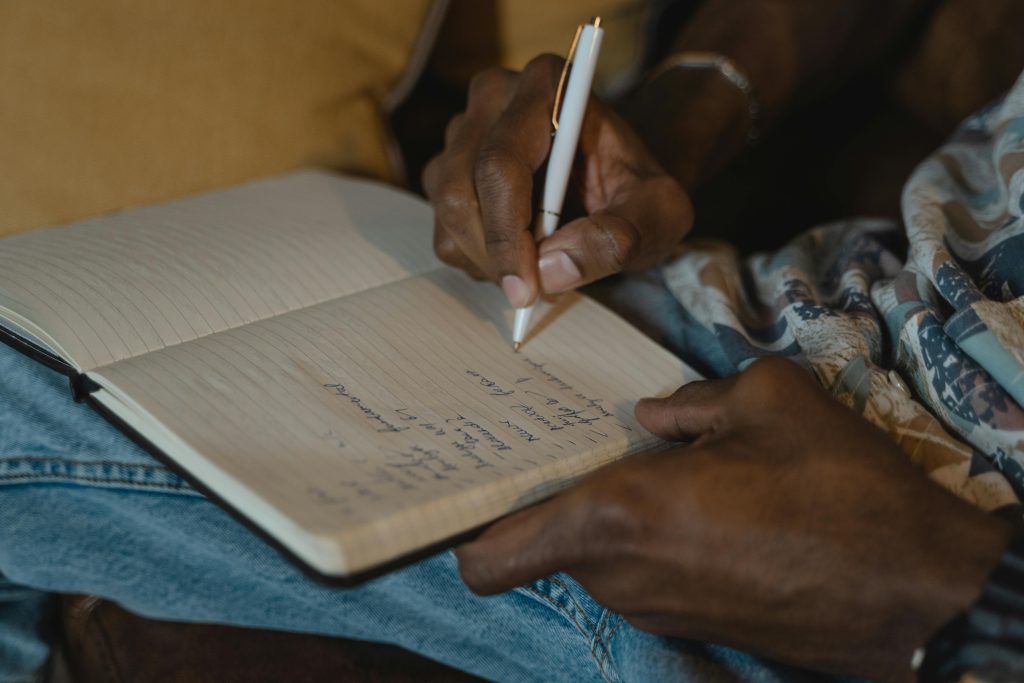In today’s digital age, having a website is essential for any business or individual looking to establish an online presence.
A well-designed and developed website can attract potential customers, showcase your products or services, and provide an easy way to connect with your audience.
However, designing and developing a website requires collaboration and communication between the website designer/developer and the client.

Here are some of the things that website designers and developers need from clients before they can start the website development process.
1. Define the purpose and goals of the website
Before the website design and development process can begin, it is essential to define the purpose and goals of the website. What do you want the website to achieve? Do you want it to be an e-commerce platform, a blog, a portfolio website, or a website for your business? Understanding the website’s purpose and goals will help the website designer/developer to create a website that aligns with your objectives.
2. Provide a detailed brief
A website design and development brief is a document that outlines the project’s scope, goals, and objectives. The brief should include a summary of the business, the target audience, and the desired outcome of the project. The more detailed the brief, the better the website designer/developer can understand your requirements and create a website that meets your needs.
3. Provide branding guidelines and assets
Branding is a crucial aspect of any website. It helps to create a strong brand identity and reinforces your brand message.
To ensure consistency, it is essential to provide the website designer/developer with branding guidelines and assets, such as logos, fonts, and color schemes.
This will help to create a website that aligns with your brand and enhances your brand identity.
4. Provide website content
Website content includes text, images, and videos. It is essential to provide the website designer/developer with website content to ensure that the website can be designed and developed around the content.
This will help to create a website that aligns with your brand messaging and is optimized for search engines.
5. Identify the target audience
Understanding your target audience is essential in creating a website that will resonate with them. You need to identify the age range, gender, location, interests, and needs of your target audience.
This will help to create a website that is tailored to your audience’s needs and preferences.
6. Provide website functionality requirements
Website functionality requirements include features such as e-commerce, blog, contact forms, and social media integration. It is essential to identify the website’s required functionality and provide the website designer/developer with a list of features that are required for the website.
This will help to create a website that is functional, user-friendly, and optimized for the user experience.
7. Provide technical specifications
Technical specifications include information such as the preferred content management system (CMS), web hosting, and domain name.
It is essential to provide the website designer/developer with technical specifications to ensure that the website is built on the right platform, is compatible with your hosting, and is optimized for search engines.
8. Set a timeline and budget
Setting a timeline and budget is essential in ensuring that the website design and development process runs smoothly. It is essential to set a realistic timeline that takes into account the website’s complexity and the website designer/developer’s workload.
A budget should also be set to ensure that the website is designed and developed within your financial means.
9. Provide feedback and participate in the process
Finally, it is essential to provide feedback and participate in the website design and development process.
Your feedback is crucial in ensuring that the website is designed and developed to your liking. Participating in the process will also help you to understand how the website is built and how it works.
In conclusion, designing and developing a website requires collaboration and communication between the website designer
Incase you need a website for your business,NGO, Company or Institution ,Feel free to reach me at mila@milasona.com




